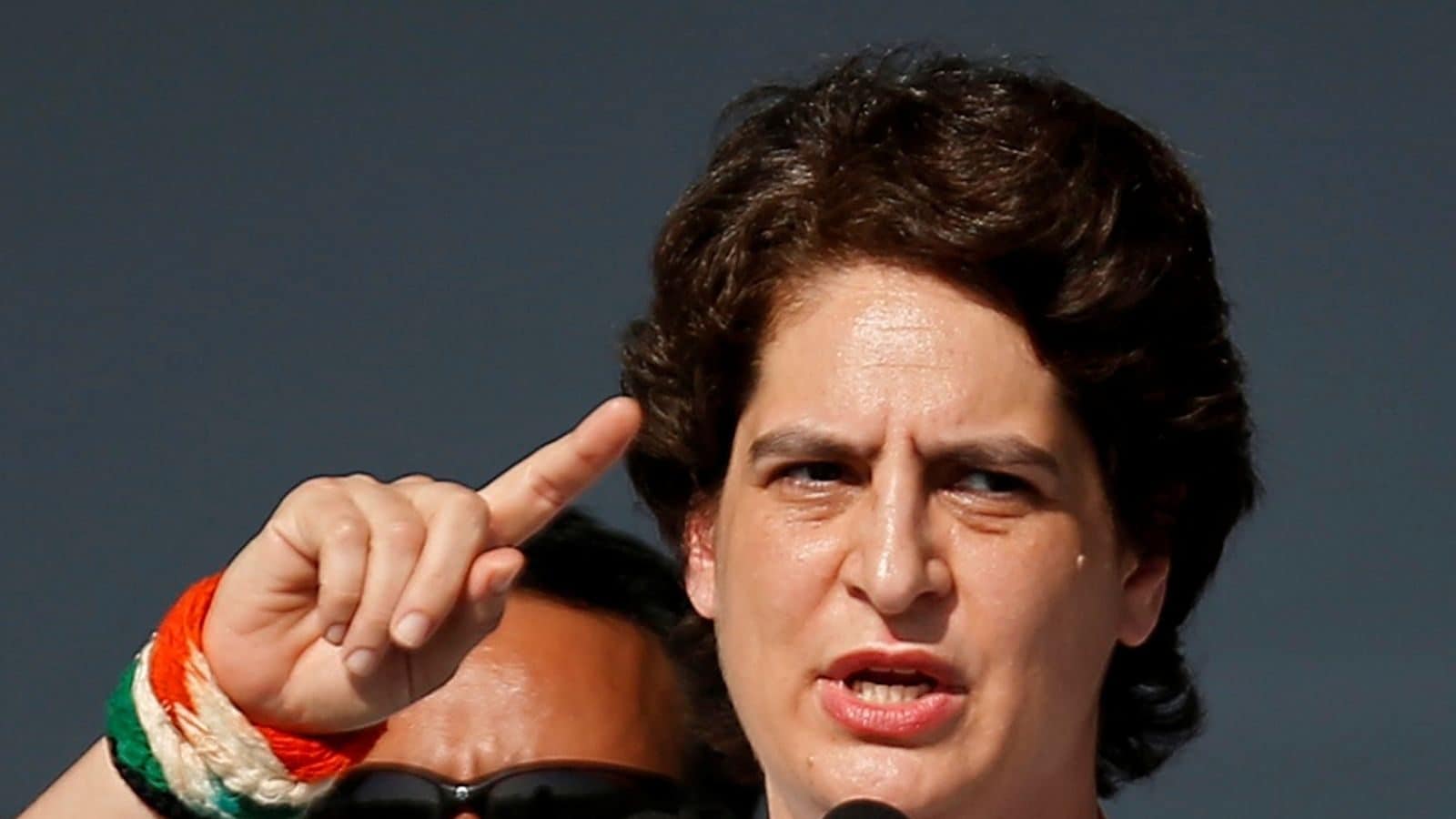WASHINGTON: To bolster its goal of becoming a developed nation by 2047, India needs to substantially increase the size of its quality workforce and investment in R&D in science and technology, including by the private sector, a top Indian official has said. In an interview with PTI on the sidelines of the PANIIT 2024 meeting in a Maryland suburb of Washington DC, Abhay Karandikar, Secretary, Department of Science and Technology, said that one of the key challenges that India has is shortage of trained manpower in R&D sector and “that requires to be enhanced substantially”.
“Given the size and scale of our country, we need a large number of quality R&D workforce to drive the science and technology landscape of the country,” he said.
“Another thing is that we need substantial investment in the R&D sector as a percentage of our GDP, which has been really much lower than the world average,” Karandikar said in response to a question.
India has taken the initiative to set up a very transformative step of Annusandhan National Research Foundation, where the government is increasing its resources significantly, he noted.
However, in order to go to the greater than or even average global R&D spending as a percentage of GDP, private sector spending has to increase, the bureaucrat said.
“Our industry and private sector has to invest in R&D, and has to work with academia. With industry academia collaboration and increased R&D spending by the private sector, I hope we can overcome these resource challenges that we are facing currently,” Karandikar said. Responding to a question, the top Indian science official said that Prime Minister Narendra Modi’s goal of making India a developed nation by 2047 can be truly realised only when the country becomes a global science and technology player. “If we become a global science and technology leader, I think we will automatically become a developed nation by 2047. So our efforts in the next 25 years should be to drive the technology and innovation sector to play a major role at the global scale,” Karandikar told PTI.
Post-COVID-19, there has been an upswing in innovation in India, he said.
“During COVID-19, we had really a boom in innovation. India developed its own vaccines and we became one of the largest producers of vaccines. We also developed many MedTech devices like ventilators. There was a large-scale upswing in the innovation ecosystems during COVID-19,” Karandikar said.
There is a need to sustain that innovation ecosystem and keep that momentum alive, he said.
Giving an example, Karandikar said, “In the MedTech, not just the ventilator, but India needs to develop a very robust MedTech innovation ecosystem. So we need that momentum to keep on going.”
According to Karandikar, Artificial Intelligence (AI) is going to change the landscape completely and India offers a very fertile opportunity for two reasons.
“One is given our population and our scale, we can actually generate the kind of data sets that no other country can generate in any area. And as you know that the success of AI really depends upon the data that we have. So that is I think one important thing.
“Another thing, given the diverse diversity of our country and different languages that we have, again, India offers a very unique case for developing very innovative foundation models for the Indian languages. These two things will drive the AI innovations in the country. And I hope in the coming years merely by the dataset size, we will be able to influence the AI trajectory,” he said.
The PANIIT event was held from January 12 to January 14.




